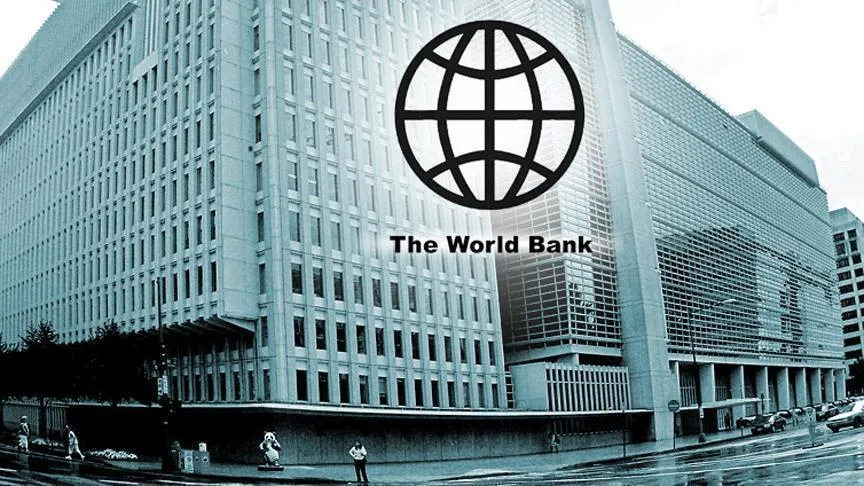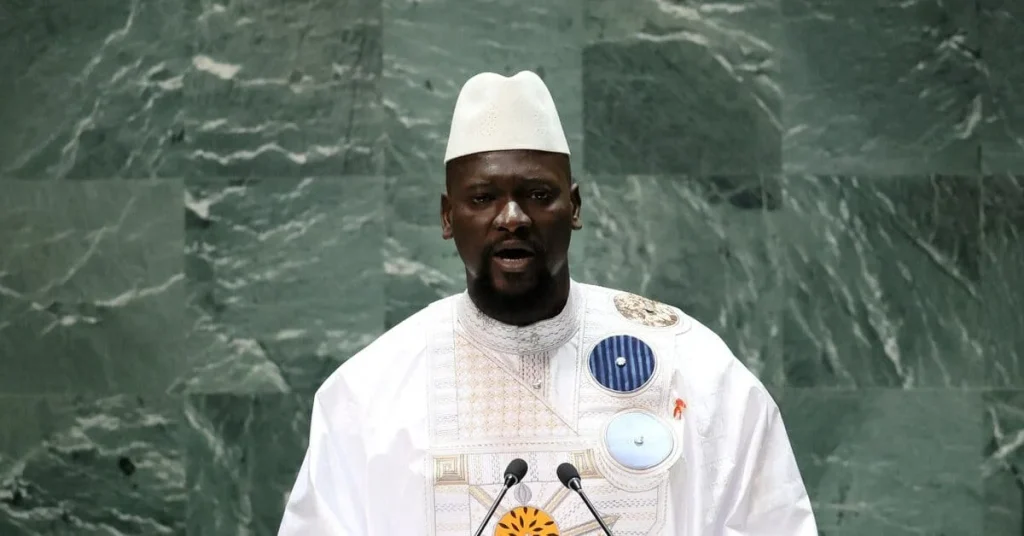The World Bank raised its 2025 Sub-Saharan Africa growth forecast to 3.8%, up from 3.5%, despite global trade tensions.
The October 2025 “Africa’s Pulse” report projects a further rise to 4.4% in 2025-2026, slightly above the earlier 4.3% estimate.
Country-Level Outlook
Thirty of 47 regional economies saw improved projections. Ethiopia’s forecast rose by 0.7%, Nigeria’s by 0.6%, and Côte d’Ivoire’s by 0.5%.
However, Angola, Botswana, and Zambia face lower estimates. Stronger trade terms and stable currencies fuel optimism.
Inflation Eases Significantly
Median inflation fell from 9.3% in 2022 to 4.5% in 2024. It’s expected to hold at 3.9-4% through 2026.
Thus, 37 countries now enjoy single-digit inflation, up from 27. This supports household spending and investment.
Commodity Price Relief
Declining commodity prices, including a 4% drop in food costs and a 16% fall in Brent crude oil in August 2025, eased pressures.
Stronger currencies, like Ghana’s cedi (+20%) and Zambia’s kwacha (+16%), cut local fuel and food prices.
Trade Resilience Amid Tariffs
Sub-Saharan Africa’s low US trade exposure shields it from new tariffs under President Trump. The region is diversifying trade partners, boosting economic stability.
This pivot enhances Sub-Saharan Africa growth prospects.
Persistent Debt Challenges
Despite gains, 23 countries face debt distress, up from eight in 2014. Heavy borrowing and weak revenues strain budgets.
GDP per capita growth, at 1.3% in 2025, remains too slow to significantly reduce poverty.
Poverty Reduction Stalls
The poverty rate, measured at $3/day, may dip from 50% in 2024 to 48.4% by 2027. Yet, the number of poor could rise to 671 million. Slow growth hinders transformative progress in living standards.
Cautious Optimism
The World Bank notes rising economic momentum. However, Sub-Saharan Africa growth falls short of reducing inequality.
Global financial shocks remain a risk, underscoring the need for stronger fiscal policies.
Path Forward
To sustain Sub-Saharan Africa growth, countries must address debt and boost revenues.
Diversified trade and lower inflation offer hope, but faster progress is vital to lift millions from poverty by 2027.






